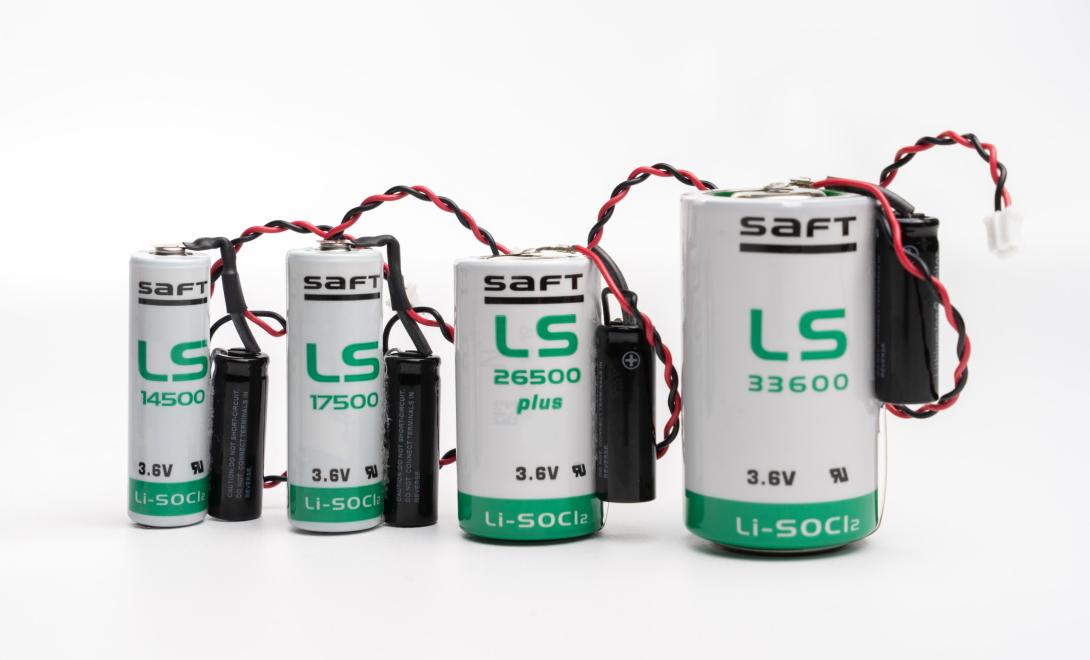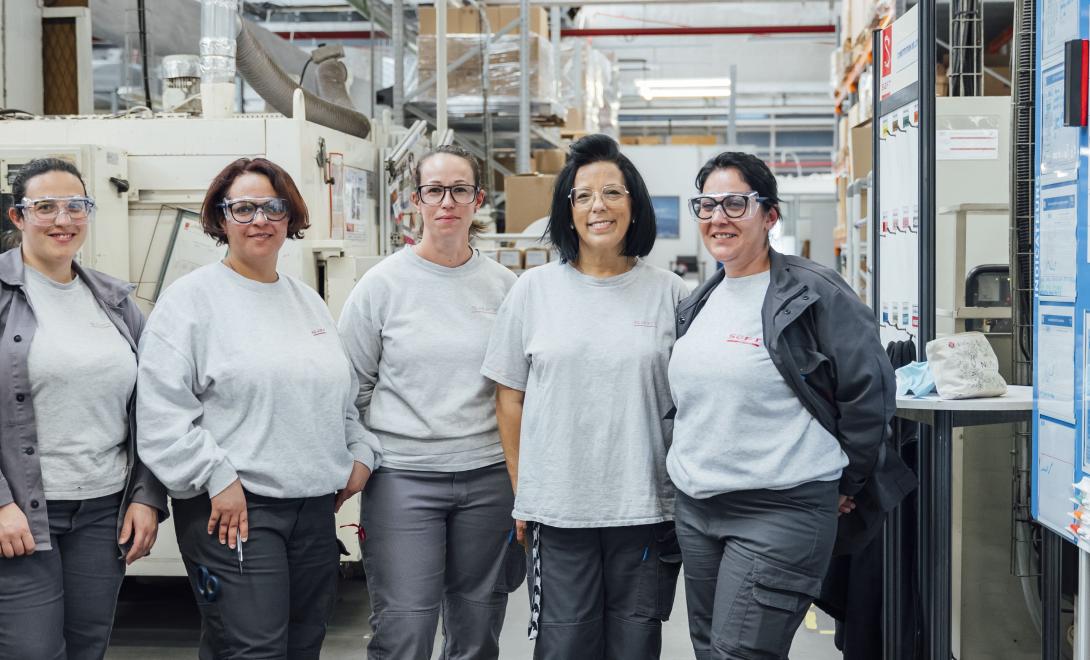
Saft Li-ion battery energy storage harnesses wind power in Saskatchewan, Canada
Intensium® Max 20E containerized Energy Storage System (ESS) enables Cowessess First Nation to make wind power reliable and despatchable.
High Wind and Storage Project delivers clean power for CFN
Cowessess First Nation (CFN) is a community based in the province of Saskatchewan, central Canada. With responsibility for administering a population of more than 3,000 people, CFN manages the reserve lands and various local government functions.
In 2012, CFN was selected as one of 20 Clean Energy Fund (CEF) projects to receive funding from various Canadian government bodies which support the development of the High Wind and Storage Project on land 2 km southeast of Regina, the capital city of Saskatchewan.
Challenges of harnessing wind power on the prairie
CFN wanted to reduce its energy bills by harnessing the extensive but intermittent wind power of the Saskatchewan prairie to ensure a more continuous and predictable output for on-grid and potentially off-grid applications.
The Canadian government would like to establish more renewable power generation throughout the country.
The main objectives of the High Wind and Storage project are:
- To reduce greenhouse gas emissions through sustainable energy development
- To demonstrate the reliability and durability of wind turbines twinned with energy storage technology
- To optimize wind power performance by decreasing volatility by up to 70%over the 15-year lifespan of the system
- To replicate the wind storage system on other First Nation sites
Saft provides the ideal Energy Storage System (ESS)
Working with the Saskatchewan Research Council, CFN undertook a five-year $5.5 million High Wind and Storage pilot project comprising an 800 kW wind turbine twinned with a lithium-ion (Li-ion) energy storage system.
For the project, Saft supplied two Intensium® Max 20E systems.
Key features of the system include:
- 1 MWh total capacity
- Flexibility and scalability to allow energy content to be increased in 124 kWh increments
- Each ESS includes a state-of-the-art 400 kW power conditioning system
- Housed in industrial containers ready to plug in to the grid
State-of-the-art energy storage enhances the value of wind energy:
This is an extremely important project that will increase the amount of renewable generation we can deploy on the grid. It’s critical to have Saft providing state-of-the-art technology to make the High Wind and Storage Project successful.
The benefits – competitive and reliable wind energy for First Nation communities
The utility-scale wind battery system was switched on in early 2013 and is now acting as a model for other First Nation communities across Canada. If its long term performance meets expectations, wind energy storage technology is expected to be cost competitive with energy from clean coal or clean natural gas. The plant’s performance enables CFN to:
- Perform wind smoothing
- Achieve a maximum ramp rate of 10% per minute of the rated power output
- Provide up to 400 kWh of peak shaving capability
- Reduce electrical production costs
- Provide more renewable power to the grid
- Potentially lower electrical rates as the battery can be charged during off-peak periods and the energy despatched when demand is at a peak
Saft’s earlier successes in integrating energy storage systems with renewable energy installations provide the perfect foundation for the CFN project to demonstrate the benefits of Li-ion energy storage in enhancing the value of wind energy.
Related Stories & Events
Stories, Media & Events
<p>To ensure we can respond as efficiently as possible. Please complete this form which will be delivered to our team of experts who will help you with your enquiry.</p>

